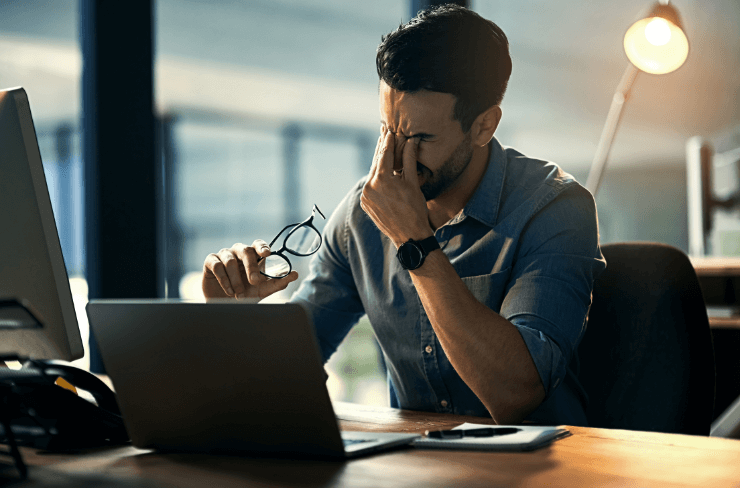4 Tips For Optimising Images to Reduce Web Page Load Time

Whether you're a small business that's just starting out or a massive corporation with thousands of employees, partnering with the best web design agency in Dubai ensures your site is built for both speed and performance.
For one, people are typically very impatient, and they won't wait more than a few seconds for your page to load. Also, search engines take this fact into account, and web pages with slow loading times will rank much lower than similar pages that load more quickly.
One of the quickest ways to decrease your load time is by optimising your images, but working with a website development service in Dubai can ensure your entire site is optimised for speed and performance. Here are four quick tips to do just that.
1. Resize the Images and Reduce the Resolution with an External Program
If you're taking photos with a digital camera, you're most likely churning out images with a resolution of 300DPI or so. While image resolution and file size are not the same things, a higher resolution generally results in a larger file.
These images will have great clarity of detail and are ideal for print, but the high resolution is lost on website applications. Most monitors are only capable of displaying 72DPI, which is why web developers recommend that all image resolutions be decreased to this number.
To further reduce the size of your image file, you can crop the image to remove any extraneous portions. You can also compress the image, so it takes up less space with roughly the same amount of quality. Many programs do these things easily. One popular example, of course, is Adobe Photoshop. This program is expensive when you're just starting out though, so a free program may be a better choice in the beginning. Here are a few that are free to use:
- GIMP
- Windows Live Photo Gallery (comes pre-installed on many Windows computers)
- Preview (comes pre-installed on most Mac computers)
- Pixlr
When you save the image with these alterations, make sure you save it as a new file, rather than overwriting your old one. You should always keep an original copy as a backup for later use. Note: You may have noticed that you have the option to resize photos after you upload them to your site. Keep in mind that in most cases, this is not the same as optimising. When you resize photos this way, you're usually not reducing the physical size of the image; you're merely making the image appear a different size for viewing purposes.
2. Choose the Best Image Format
Another critical thing to do before you upload your photos is saving them in the correct format. For most purposes, JPG is the ideal choice. It's a good balance between quality and size and ideal for photographs.
GIF format works well for logos and clipart, especially if there are lots of solid areas that use the same colour.
If you need a better quality image for certain uses, PNG may be the way to go. While JPG is better suited for actual photographs and GIF works well for logos and clipart, PNG works well with images that have an alpha channel - those that have a transparent background. PNG is also an excellent format for compressed images since the details won't be lost in the compression.
However, PNG generally saves as a larger file than JPEG or GIF, so only use it when necessary for your purposes.
3. Don't Use Text Images
This brings us to the next point, as much as possible, refrain from using text graphics. Why? Because they take up more space than HTML text without offering any additional benefit.
Search engines don't recognise the text in graphics, so they're not going to add to your SEO. Combine that with the extra space they use, and it's better to stick to regular text. Of course, there are rare exceptions where an infographic or similar material comes in handy, but they're just that, exceptions to the rule.
4. Check Your Load Time
Once you've optimised your images, it's time to upload them to your site. If everything is as it should be, your website should load quite quickly, but following a website maintenance checklist ensures consistent performance and security. If you notice it's still a bit sluggish, there are ways to check the cause of the hang-up.
Several different sites are available to analyse your site's performance and tell you the issues that are causing problems, but expert web development Dubai services can help optimise your site for peak efficiency. One of the most popular sites for this is called Pingdom. Simply type in your web address and hit the 'Test Now' button to see your results.
The best websites draw users in, but without the right design approach, poor website design and slow-loading pages can drive visitors away. Fix it quickly, so your site can advertise your business as you intended.
Related posts
Need your own solid online presence with a lucrative inbound funnel?
Tell us what your goals and objectives are, and we’ll help you hit them 🎯.





